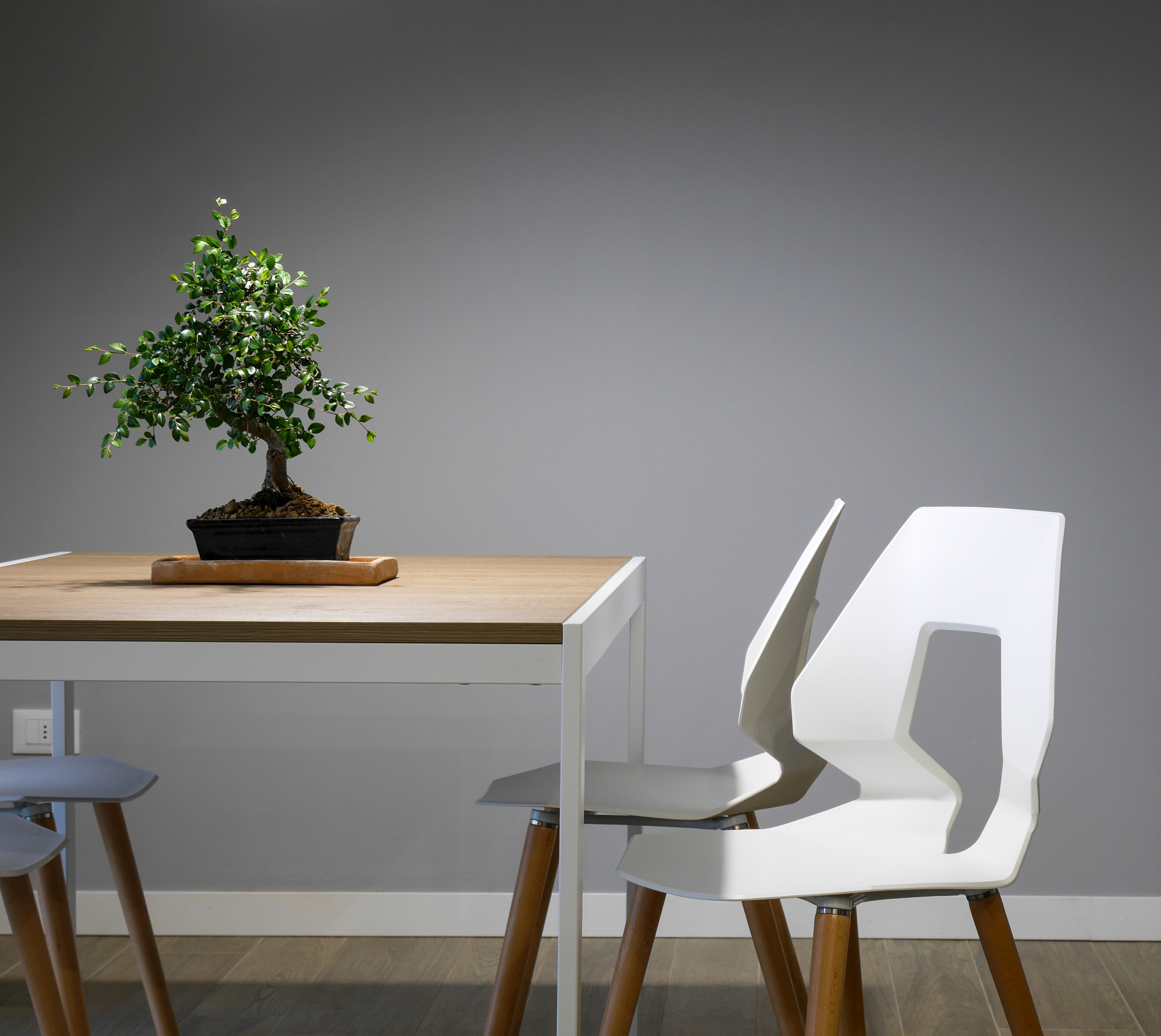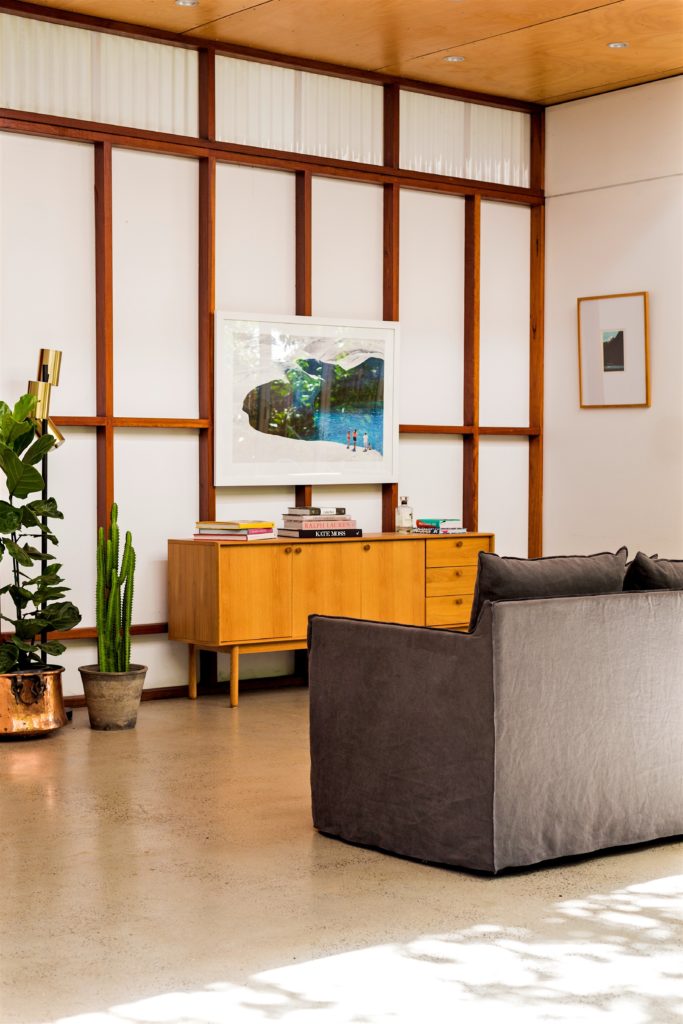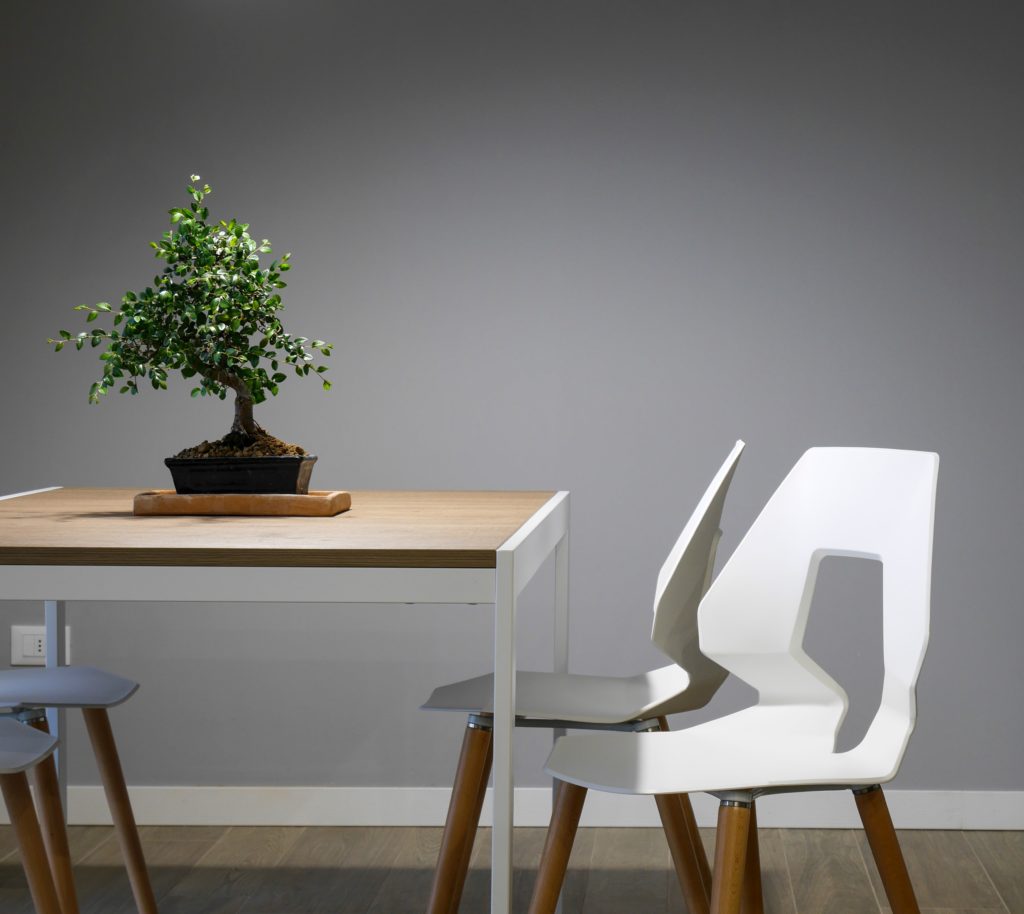
CES 2020 just wrapped up its early January event, taking over taking over Las Vegas for a few days. The Consumer Electronics Show features all types of new gadgets, devices, innovations, and inventions that all should make life easier; otherwise, why try to sell them? Modern design welcomes modern ideas, but ideas aren’t always something that can be put on display with a price tag. One such idea that’s been a key part of modernism from the start is simplicity, minimalism. ‘Less is more’ may not be the motto of CES, or of any consumer electronics manufacturer; but just because they sell it doesn’t mean it has to be bought. Modern minimalism takes a close look at what is necessary and what is excess when it comes to decor and design.
“To know what to leave out and what to put in, just where and just how—Ah, that is to have been educated in the knowledge of simplicity.”
Frank Lloyd Wright
Of course, some take the notion of less to extremes. Luddites smashed machines because they threatened jobs, even though the advances improved living standards and life expectancies. The Amish avoid mechanization for more spiritual reasons. While some laugh at the lifestyle, the Amish population is growing, perhaps in response to the cultural excess digital media has propagated.
But to more modern lifestyles. Two prominent advocates for simpler living are the current phenomenon of Marie Kondo’s “system of simplifying”; and The Minimalists, a couple of people who contend, “Minimalism simply allows you to make these decisions more consciously, more deliberately.” On a more personal level, online communities like the Voluntary Simplicity crowd and the Simple Living Forums help people share and support a simple lifestyle.
At its surface, modern design is minimalistic. Ornamentation is kept to a minimum. Clean lines dominate. Windows remove barriers that would get in the way of nature – while keeping out wind, rain, and weather in general. Open the spaces all people to interact with people, or simply enjoy freedom of movement. Appliances have flush-mounted controls that are easier to clean and look at than bulky knobs and switches. As the smart house matures, even control panels simplify down to what fits on a phone.
At the extreme is the smart house where locks, doors, lights, music, and temperature are either automated or operated remotely. Very handy for people who forget to turn off the oven or lock the door. Superficial simplicity hides complexity. Here’s where personal judgment comes in. How much is too little, too much, or just right? For someone who understands network protocols, wiring, and maintaining system compatibilities, a fully-automated house is simple. Troubleshooting a temperamental door may be easily diagnosed.
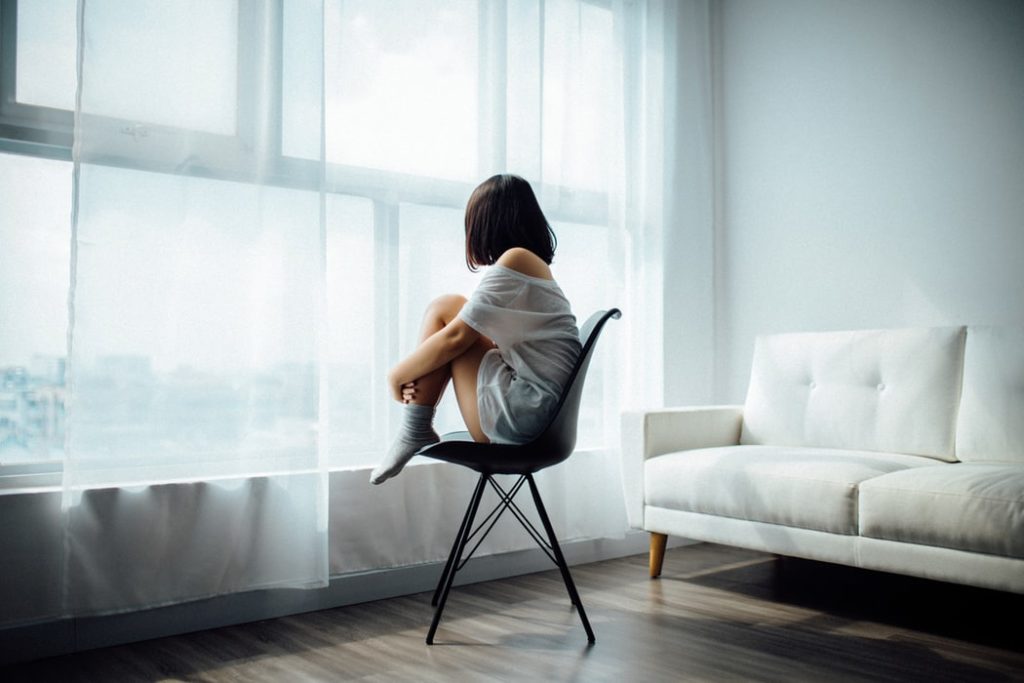
Modern doesn’t always mean simple. A door with a knob, a lock, and a key is simple – and a very old idea. It can’t be locked remotely, but it also doesn’t rely on power or system updates. A curtain on a rod, or blinds in a track won’t open or close themselves, but they’ll work for decades if the cat doesn’t climb them. Faucets that turn on and off, thermostats that are manually set, ovens that don’t need to be out-thought but just turned on and off are technologies that were modern a long time ago, but are simple and reliable, now.
Simplify, simplify.
Henry David Thoreau
The controls for many modern appliances could be reduced to the microchip level, but at some point there’s an interface scaled to the size of a human hand. The un-automated system may be far simpler than the most modern system. It’s reminiscent of the quickly shrinking size of cellphones, until they started expanding into small tablets in our hands.
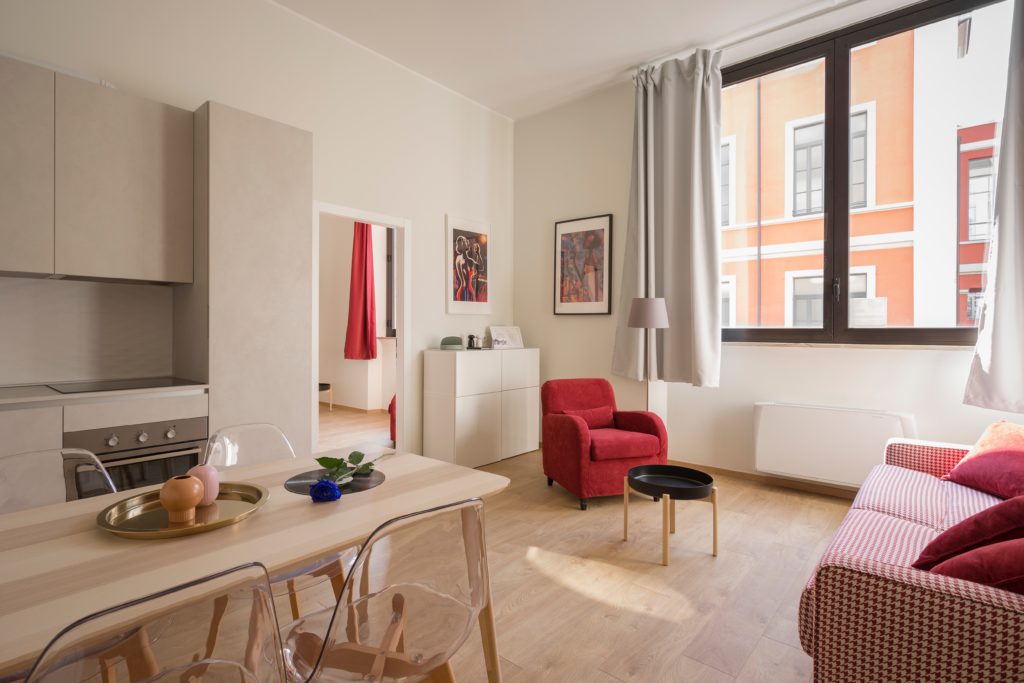
The fewer things we have to deal with, the more time we have to devote to the things we care about most. Maybe the bathwater is a little hot or cool. Maybe a package will get wet while you fumble for your keys on the doorstep. Maybe you’ll forget an item when at the supermarket.
And, maybe. Maybe you can still get in and out of your house when the power goes out. Maybe when you’re having a bad day and just want to close the blinds you won’t have to read a manual on how to change their schedule. Maybe you won’t have to worry about the dog tripping a sensor that was supposed to detect intruders. Maybe you don’t want to look at your phone and the barrage of new emails when you’re turning off the lights for bed. Maybe ten years from now when the original manufacturer has been merged and acquired and rebranded three times, you’ll still be able to set the thermostat.
Each of us get to make such choices. It isn’t necessary to reach for extremes, unless you want to. Automated locks and security are marvelous for vacation homes. Homes designed to benefit from passive solar may benefit best from automation when the owners are regularly at work. Being able to turn off stoves and ovens remotely can ease anxieties for forgetful people. Make your choices.
And remember;
“It is now valiant to be simple: a courageous thing to even want to be simple. It is a spiritual thing to comprehend what simplicity means.”
Frank Lloyd Wright
